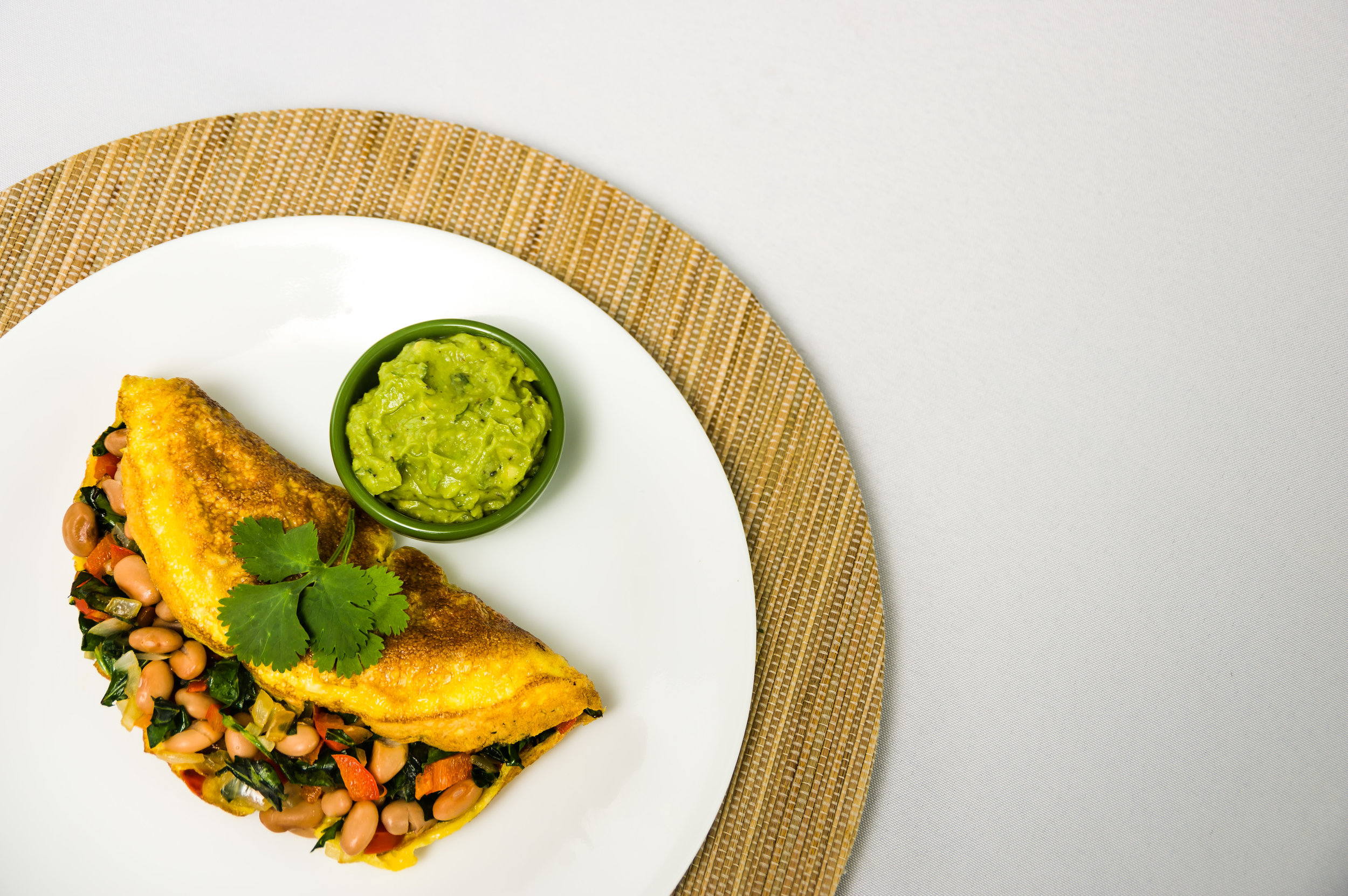If you are like us, you might be a little confused at what you can and can't eat these days. Is there a healthier way to eat and live? Are there tangible benefits to living a certain lifestyle? In 2018 we are going to explore these questions, specifically as it relates to gluten-free, dairy-free, and vegetarian lifestyles, and provide recipes that you can use for each of them. Let's dive into our first topic: gluten-free.
(Exclusive gluten-free recipes at the bottom of the post!)
The basics
Gluten-free is one of the trendiest lifestyles and dietary changes being made currently. You cannot go into a grocery store or a restaurant now that doesn't have a gluten-free section or offering in the aisle or menu, respectively. So why is it so popular?
First, we need to know the answer to the question: what is gluten? According to the Mayo Clinic, gluten is protein found in grains such as wheat, rye, barley, and a hybrid of wheat and rye called triticale. Essentially, gluten gives dough its elasticity and helps hold it together while it is being made. Now that we know what gluten is we can move onto the next pressing question: why is it bad for some people?
The bad
Our bodies’ immune systems function something like this: recognize the difference between what belongs and what is foreign, then attack the foreign. However, many people suffer from autoimmune diseases. One such autoimmune disease is "celiac disease" (CD), caused by consuming gluten. Advocacy group Beyond Celiac states that about 1% of the US population has celiac disease.
"Celiac disease is a condition in which gluten triggers immune system activity that damages the lining of the small intestine. Over time this damage prevents the absorption of nutrients from food." -- Mayo Clinic Staff
Clearly, people that suffer from celiac disease need to avoid gluten. However, what about people that do not have celiac disease? Why are they opting for gluten-free?
Gluten Intolerance vs. Gluten Sensitivity vs. Wheat Allergy
The Gluten Intolerance Group explain the three most common diagnoses and what they each mean. Gluten intolerance is diagnosed as celiac disease. The only way to treat celiac disease is to practice a 100% gluten-free diet. Gluten sensitivity, or non-celiac gluten sensitivity (NCGS), is hard to diagnose as it shares many of the same characteristics of celiac disease and there is no true test developed yet. The only way to identify it is to rule out an autoimmune reaction and a wheat allergy. Finally, a wheat allergy is specific to a rejection of a protein found in wheat, but other gluten from non-wheat sources is okay to eat.
What foods can I eat if I am gluten intolerant or have a gluten sensitivity?
Several different organizations list the foods that you can and cannot eat. We will assemble the highlights here, but if you have a gluten intolerance or gluten sensitivity, you need to do comprehensive research as well as consult with your doctor on an appropriate diet.
- Allowed fresh foods
- Fruits and vegetables
- Beans, seeds and nuts in their natural, unprocessed forms
- Eggs
- Lean, nonprocessed meats, fish and poultry
- Most low-fat dairy products
- Avoid all food and drinks that contain the following
- Wheat
- Barley
- Rye
- Triticale
- Oats (in some cases)
(From the Mayo Clinic Staff)
Gluten-free alternatives
- Amaranth
- Brown, white and wild rice
- Buckwheat
- Almond meal flour
- Coconut flour
- Corn
- Cornstarch
- Guar gum
- Millet
- Pea flour
- Potato flour
- Potatoes
- Quinoa
- Sorghum
- Soy flour
- Teff
(From Beyond Celiac)
Another great source for information and recipes is The Gluten-Free Goddess' blog. Karina Allrich writes about what she knows from her own life experience, shares practical ways to live gluten-free, and many tasty recipes.
I am not Gluten Sensitive but I think going gluten-free will improve my health
This is a hot topic right now, as an increasing rate of people who do not have a gluten intolerance are opting to go gluten-free. Among the biggest drivers is a growing suspicion on the potential adverse health affects of consuming gluten. If you do believe that you are suffering from a gluten intolerance, you should consult with a doctor and be tested. Always consult with a medical professional before making significant lifestyle changes.
Adding fruits and veggies to your meals on a gluten-free diet
As you may know, fruits and veggies are really good for you. They have amazing nutritional properties that our body systems need daily to function. Another great thing about produce: its naturally gluten-free. Regardless of the lifestyle you choose to live, it's probably a good idea to keep fresh fruits and vegetables as a fixture in your diet.
White Bean Kale Cauliflower Casserole
Let's face it. It can be a challenge to get our friends or family to get on the gluten-free train with us. However, serve this delicious recipe from registered dietitian and best-selling author, Cynthia Sass, and your loved ones will be clamoring for more yummy dishes from you! Featuring fresh kale, cauliflower, lemon juice + zest, tahini, and white beans. Estimated prep + bake time is 35 minutes.
Pinto Bean and Collard Omelet
A Tex-Mex omelet recipe from Cynthia Sass, RD and best-selling author, is full of that southwest flavor you crave. The best part? When you make this for breakfast or brinner ( breakfast for dinner), you are giving your body an excellent source of protein. Also, those veggies aren't in their just for their color. The nutrients found between those veggies will add a healthy portion to your daily needs, and give your body the tools it needs to support itself.




